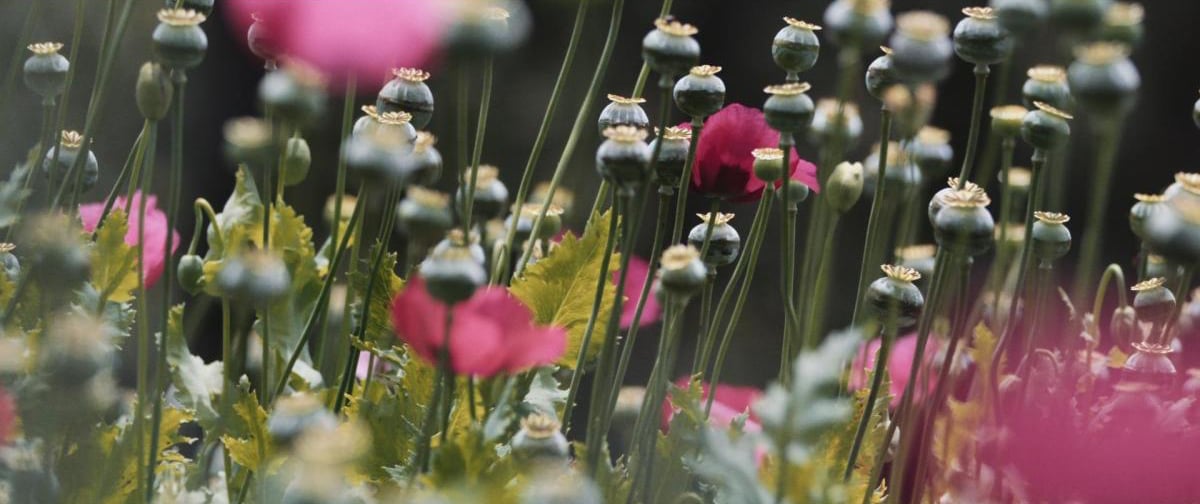
The Trade: Perspectives On A Crisis
Shot with Canon EOS C300 Mark IIs, this expansive documentary mini-series chronicles the global opioid supply chain, the damage it causes and attempts to stop it.
Since the year 2,000, more than 300,000 people have lost their lives due to opioid use, and more Americans now die from drug overdoses than in car crashes. A significant portion of this opioid problem is the heroin trade, and almost all heroin in the U.S. arrives through Mexico.
The Trade is a five-part Showtime documentary mini-series that follows every step of the heroin problem — from the addicts and their families to the dealers to law enforcement trying to stop the trade to the traffickers bringing drugs across the boarder to farmers harvesting opium poppies in the fields to the cartel bosses in Mexico. Every facet of the supply chain is investigated in detail.

The mini-series was created by and is produced by Matthew Heineman, the creator of the similarly themed Academy Award-nominated 2015 feature documentary Cartel Land. And the Trade production relied on two two-person teams and one three-person team, one in Mexico, one with law enforcement and one with the addicts and their families.
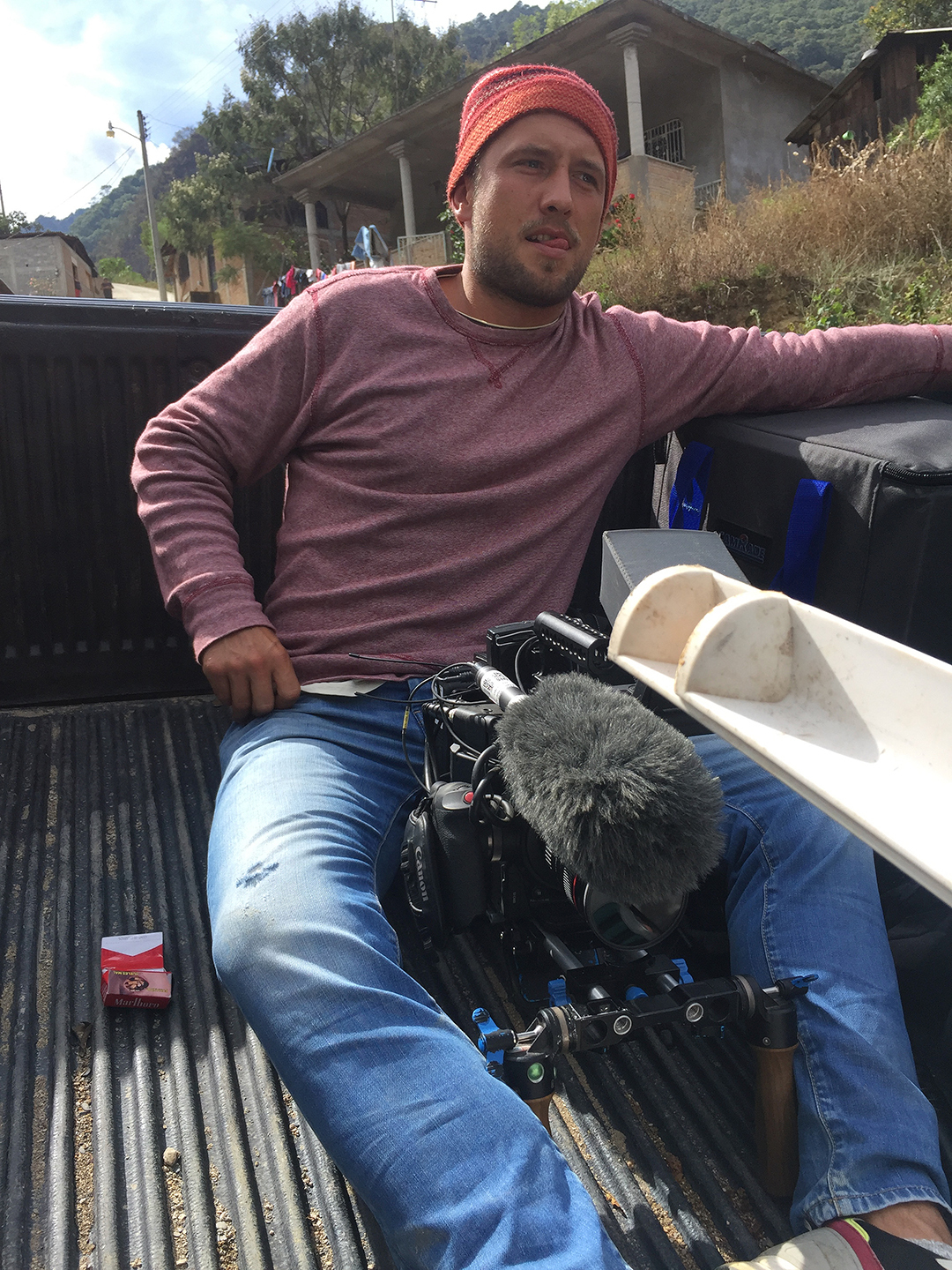
Each field team was comprised of a producer and a cinematographer, with the exception of the Mexican team, which also incorporated a “stringer”/translator. Heineman’s teams were cinematographer Matt Porwoll and producer Damon Tabor with the addicts and their families in Ohio (the state with the highest number of herion overdoses in the U.S.); cinematographer Peter Hutchens and Brent Kunkle with law enforcement, and cinematographer Max Preiss, producer Myles Estey, along with Alejandro Suverza for the first portion and cinematographer Ross McDonnell, replacing Preiss, for the second portion of the Mexico shoot with the cartel members.
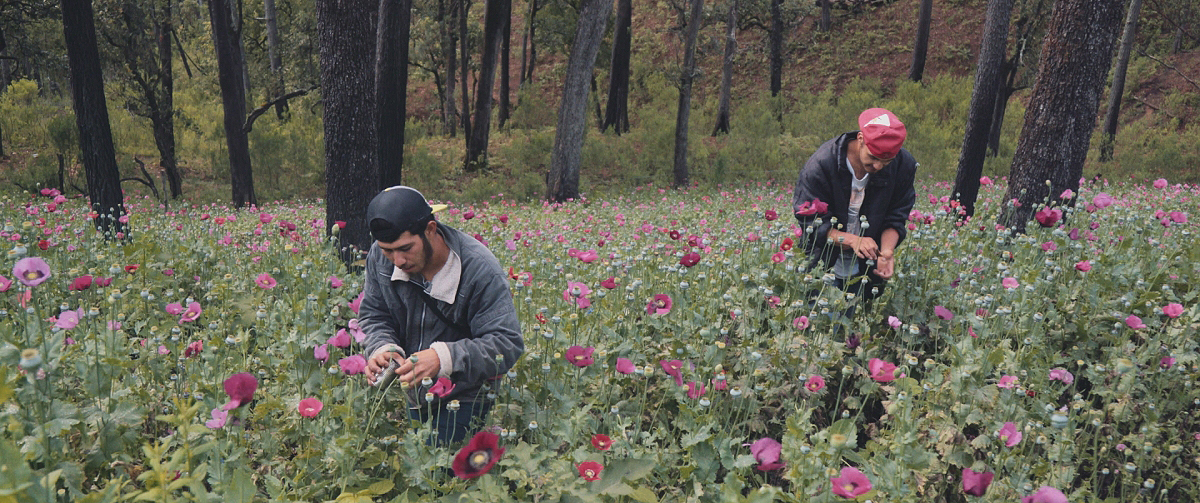
In addition to the tiny production crews, the gear was kept to a minimum as well. The entire production was single-camera, shooting with Canon EOS C300 Mark IIs and Canon EF lenses.
Since each field team would be operating autonomously, Heineman and Porwoll decided on some “rules” to help each cinematographer maintain a consistent look. Part of these rules included a limitation on lenses. Porwoll chose the Canon EF-S 17-55mm f/2.8, 24-105mm f/4 L IS USM, 70-200mm f/2.8 L IS USM and a 24mm f/1.4 L II USM prime.
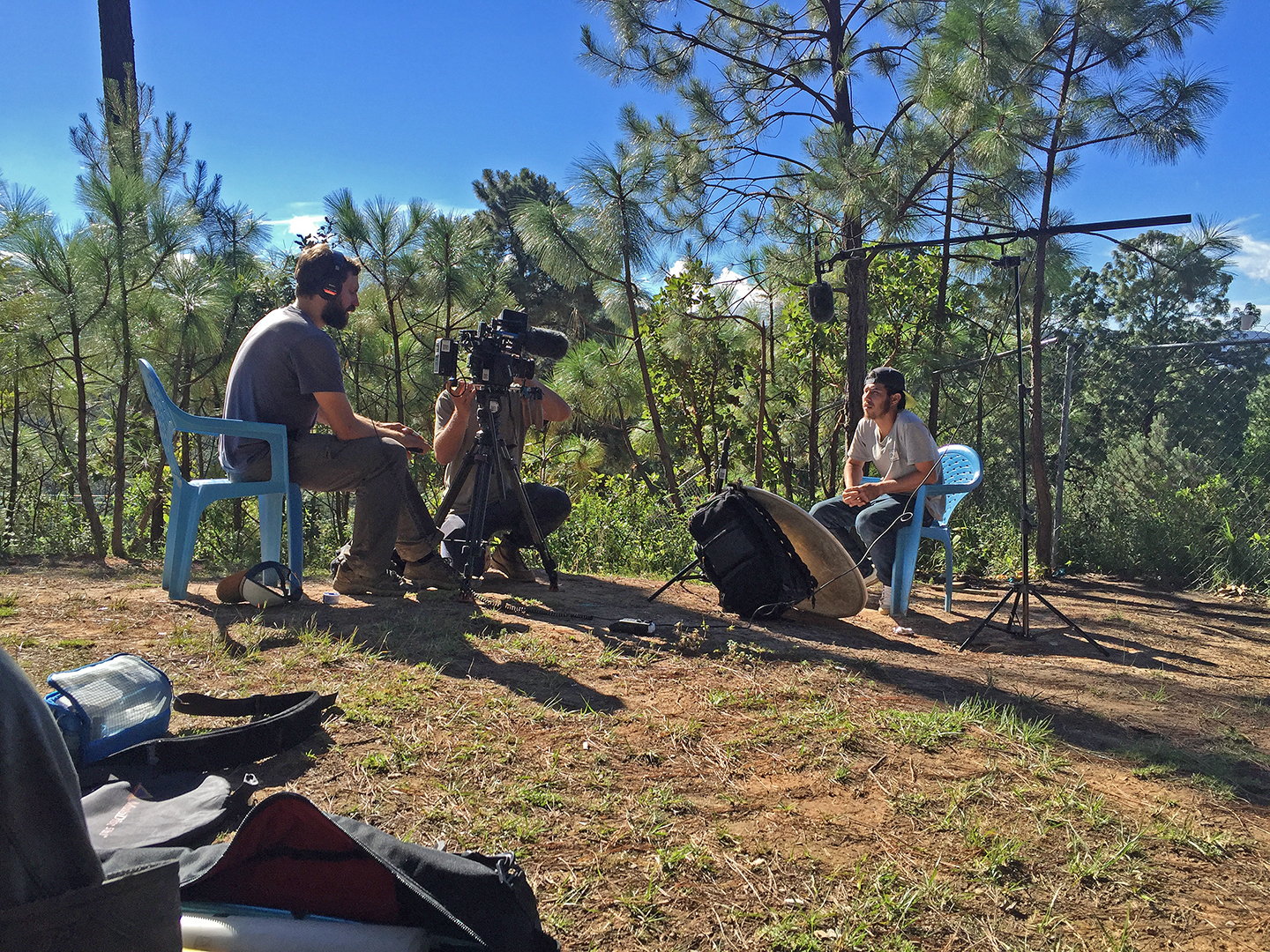
“With the size and weight of those lenses, you can carry them all on your belt along with extra batteries and media and have everything you need,” attests Porwoll. “You never have to run back to the car to get something and you're not trying to lug around a bunch of cases. Several of those lenses have image stabilization, and that's really important with a mostly handheld situation and these lightweight, small cameras. It's about trying to restrict the stuff that we're carrying, yet still make sure that we have the range of focal lengths we need. Mostly, the 24-105mm [f/4 L IS USM] was the go-to in a lot of situations. One of the rules we set was that we would mostly shoot at f/4 or f/5.6 to make sure we weren’t separating the characters from the environment too much — in a documentary like this the environment is an important part of the story. We threw in the 24mm [f/1.4 L II USM] prime just for situations where we needed that extra speed, especially with law enforcement and the addicts story.”

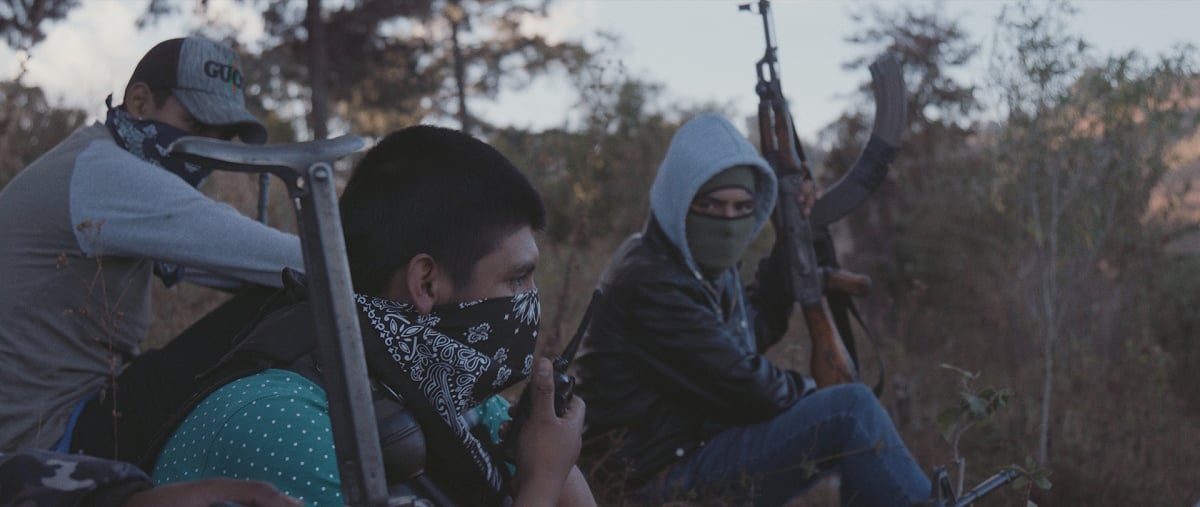
“I did bend the rules a little bit,” adds Hutchens. “I talked with Matt [Porwoll] and added a 50mm f/1.2 [L USM] because I knew I would be in a lot of low-light situations. There were times when we’d be in a car, at night, and only have street lights or passing cars or the light of a cell phone to see by. I often needed that extra speed and both the 50mm and 24mm were great for that.”
“Instead of saying ‘We really want this specific look, style and feel,’ we limited the choices of gear and created a consistent look through that,” offers Porwoll. “It creates a particular look from the limitations. We also all only carried one light — a Litepanels Astra — although we only used it for formal sit-down interviews. The fact that we have only one camera per team and limited lenses with no augmented lighting most of the time is what really creates the cohesive look of the show.”
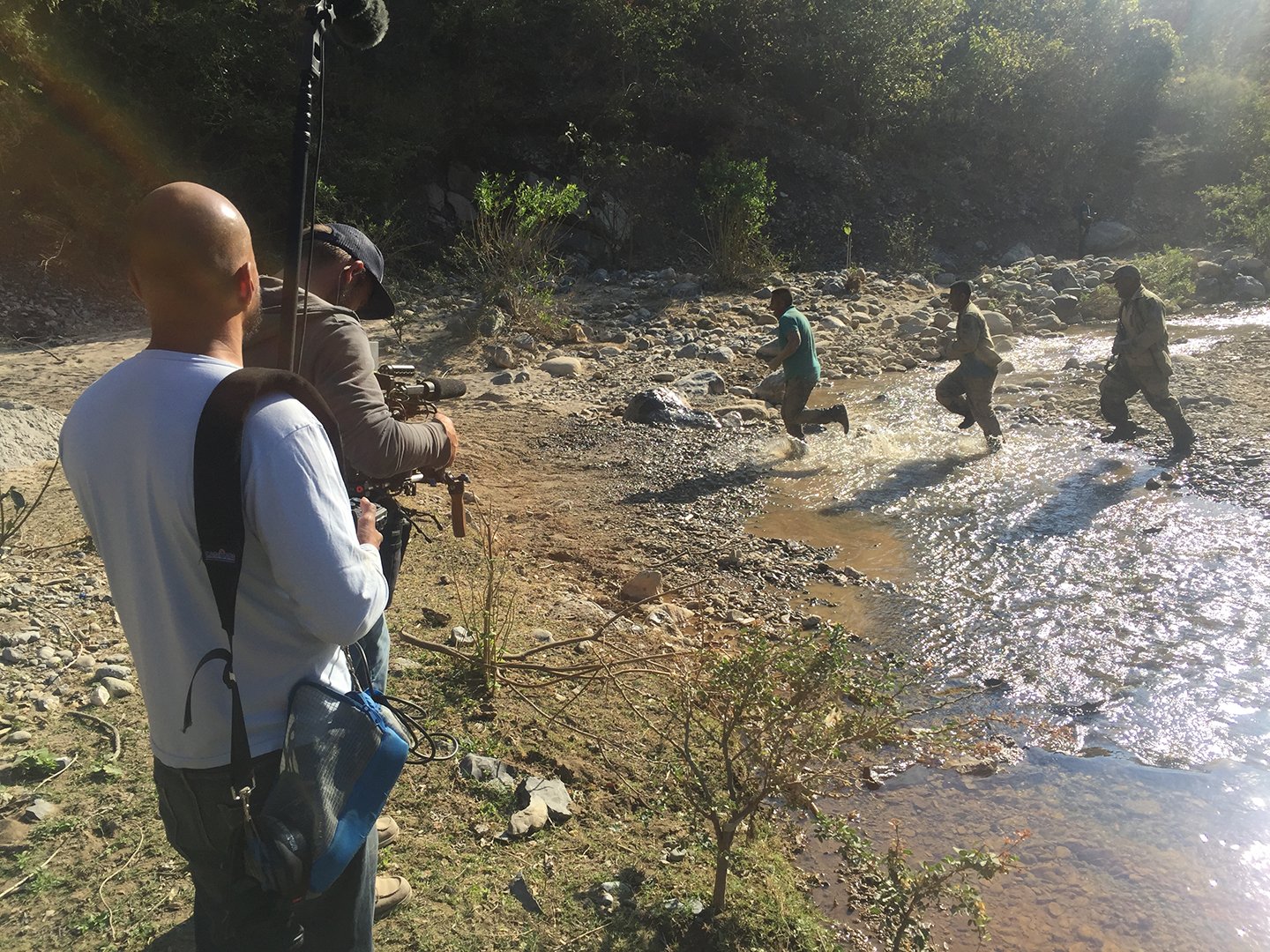
Porwoll is an Emmy award-winning cinematographer based in New York. He previously worked with Heineman on Cartel Land and won the Best Cinematography award at Sundance in 2015 for that film. His other work includes City of Ghosts, By the People: The Election of Barack Obamaand HBO’s Crisis Hotline: Veterans Press 1, which won the 2015 Academy Award for Best Documentary Short.
“When I first started talking to Matt [Porwoll], it was really clear that he was interested in collaboration,” attests cinematographer Peter Hutchens, who was embedded with law enforcement, including the Franklin County Sheriff's department in Ohio and Homeland Security forces. “None of us could be in the same place at once, so it was important to develop a visual style that would compliment each other – but also owning our different part of the story line. I really appreciated that about Matt — he was really open to dialogue about it. His approach was: rather than throwing gear at the problem, let's take a stripped-down approach going with the C300 Mark II and these few lenses. We'd leave the gimbals and lighting at home and really allow ourselves to become part of the scene and move quickly and efficiently. That appealed to me — both of us have experience on high and low budget, but this style of limiting our footprint really frees us up to tell the story.”
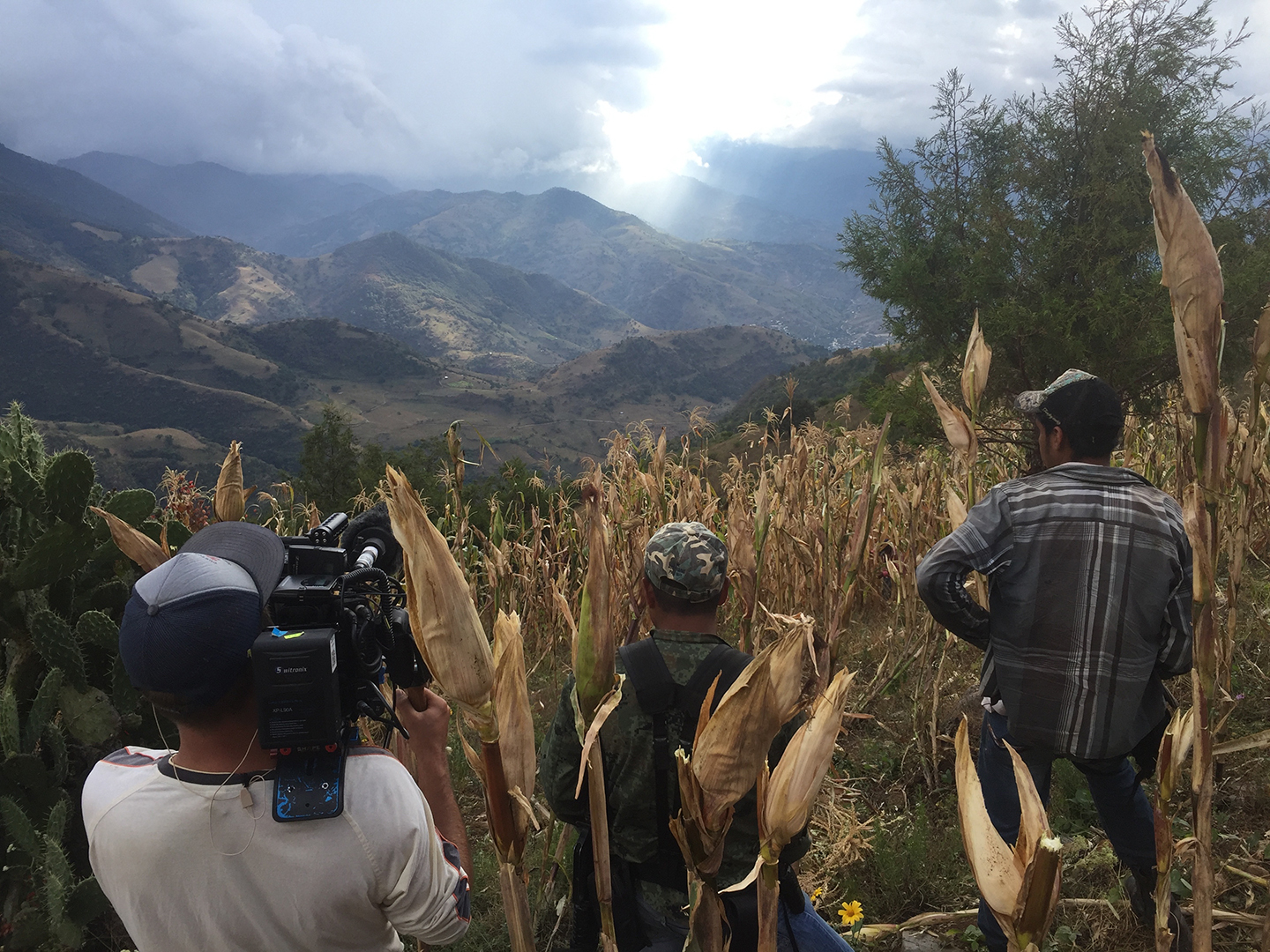
Hutchens won the Sundance Cinematography Award in 2011 for his work on the feature documentary The Redemption of General Butt Naked, which brought him to the attention of Heineman and Porwoll. His other work includes Border Jumpers, the acclaimed PBS Wide Angle series, Oprah Winfrey’s Belief, and the CNN Original Series This is Life with Lisa Ling.
The cinematographer on each Trade field unit was also responsible for the sound recording duties. Each camera had an on-board microphone and two wireless lavs. When necessary, a wireless boom could replace a lav and it was the producer's duty to act as boom operator.
“The teams we built for this were specifically tailored so that we could keep consistency of character from Mexico to the law to the users,” continues Porwoll. “This was also to maintain consistency for the subjects in the documentary. If we had new faces popping up all the time, it would inhibit our relationships and trust with those individuals — in come cases that trust was very hard to establish. We were all 100 percent committed to this project — over many months of shooting. Matt [Heineman] would supervise the entire shoot from a higher perspective in New York and we had daily conversations with him updating him on what was shot and what happened for the day, but the field teams remained small and consistent.
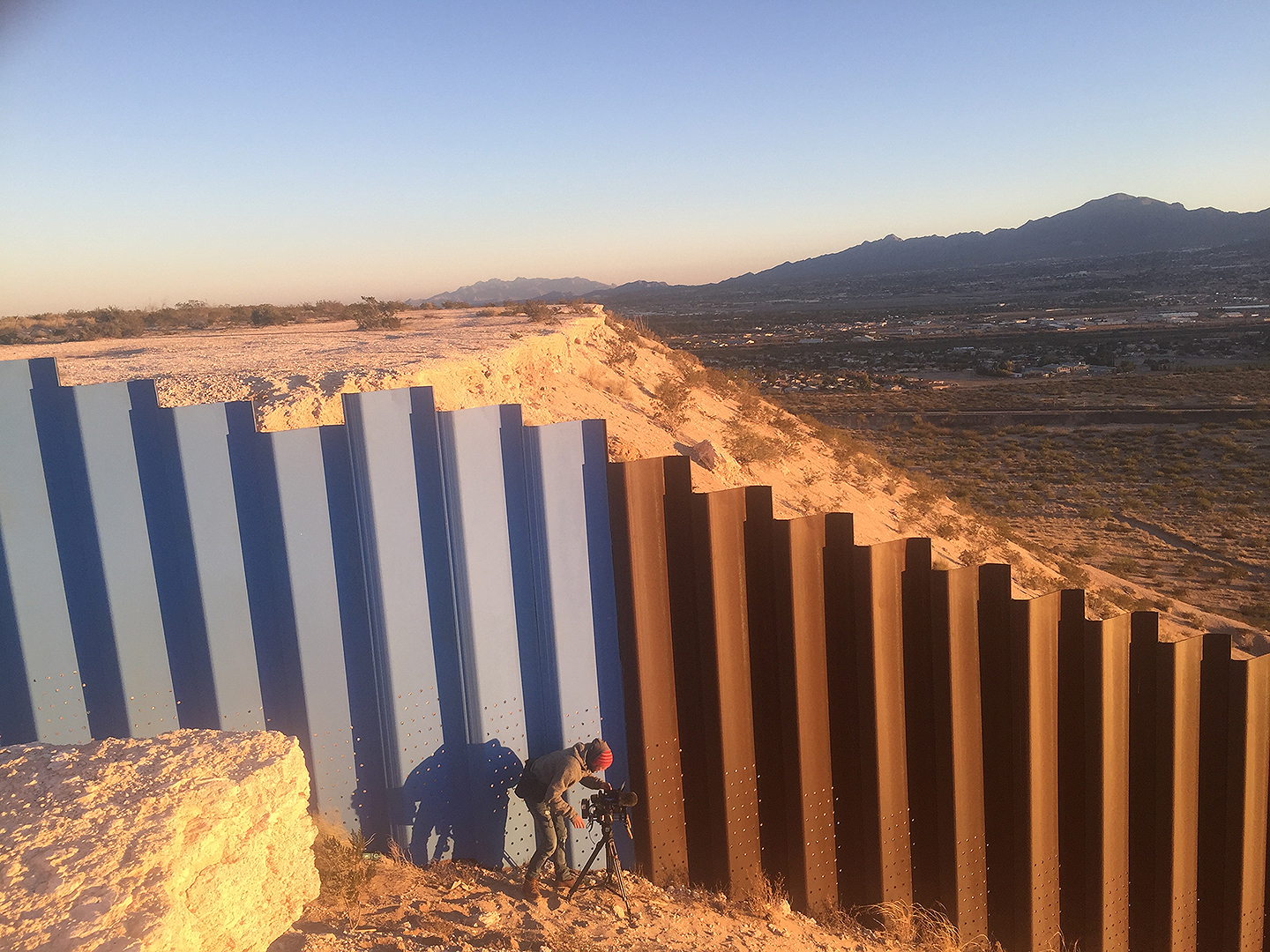
“Matt’s films are all about access and intimacy,” continues Porwoll. “We’d spend as much time as humanly possible with the subjects – and that comes with a lot of responsibility from everyone involved. The choices of who would be shooting and who would be producing in the field were really carefully arrived at.”
“We each did develop our own sub-style in the field,” attests Hutchens. “When I was shooting with law enforcement, we'd often have a scene with 20 different people in it and it would be up to me to determine coverage on the fly. It's only one camera – so, by necessity, my coverage of each scene is a little more action-packed than say, Matt’s [Porwoll], who has a lot of elongated scenes with the addicts and their families as they go through their troubles. With the law side, there's a lot of jumping in and out of cars and moving quickly.
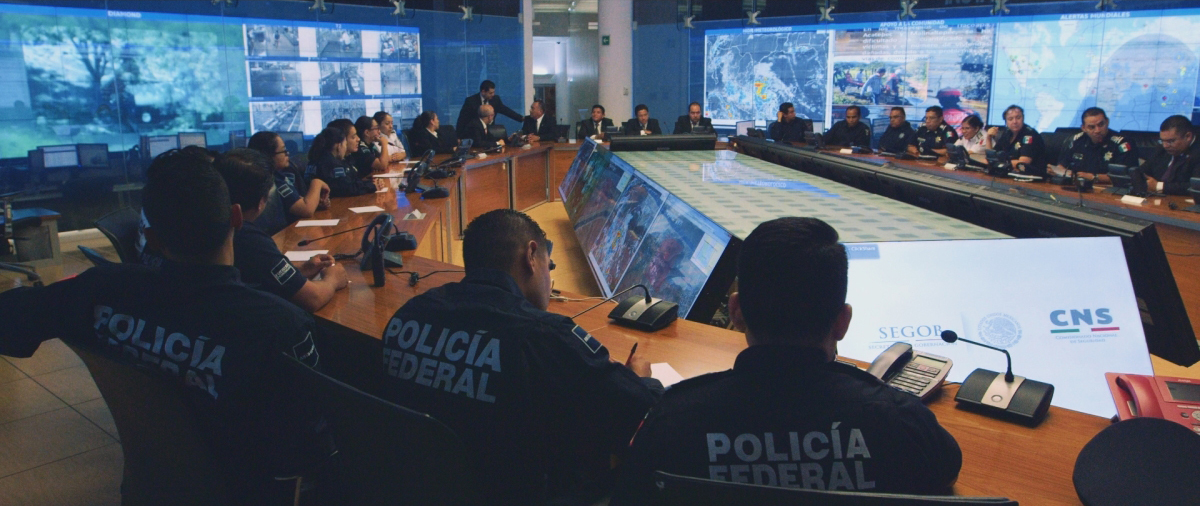
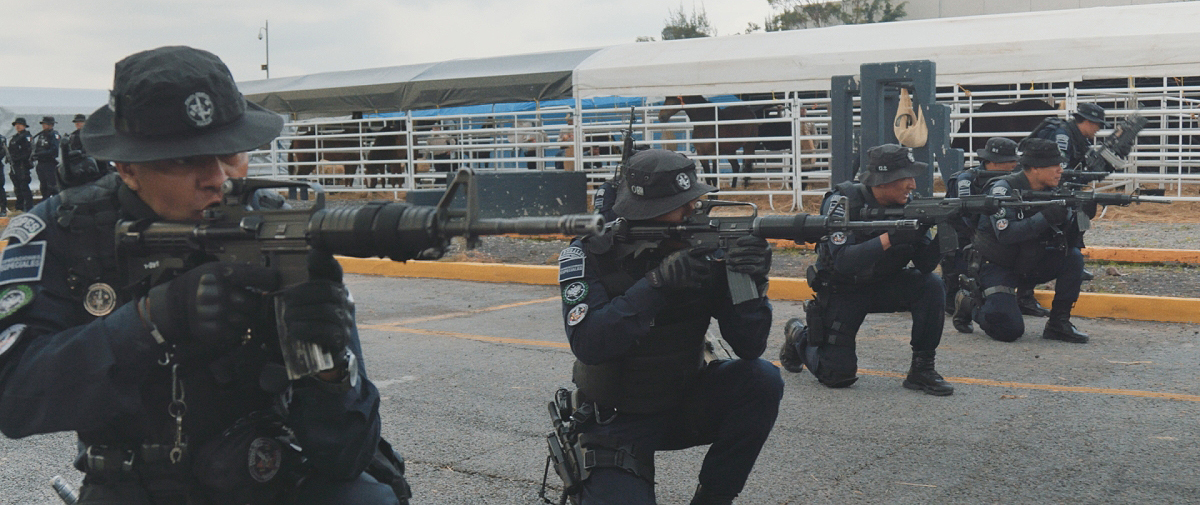
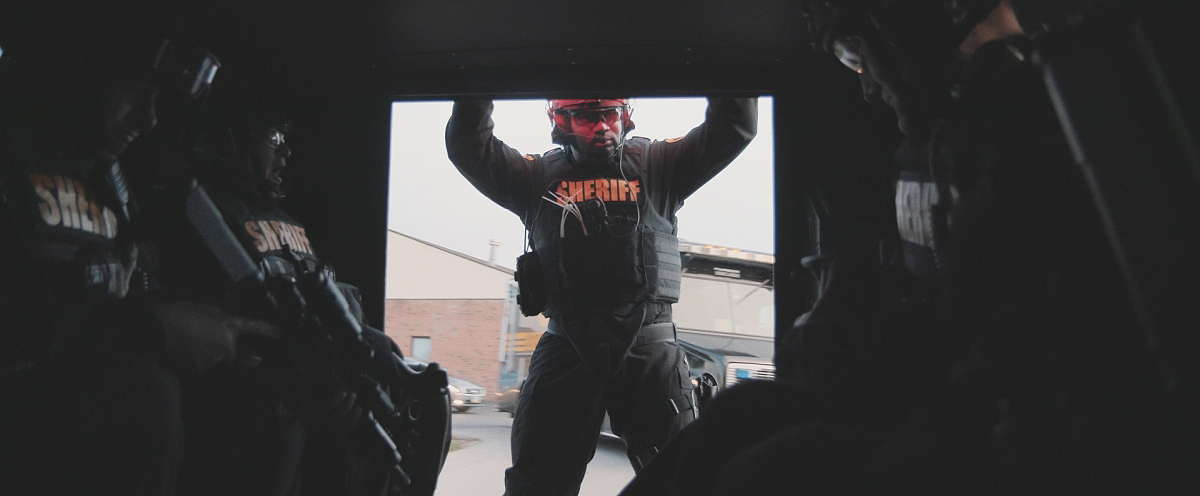
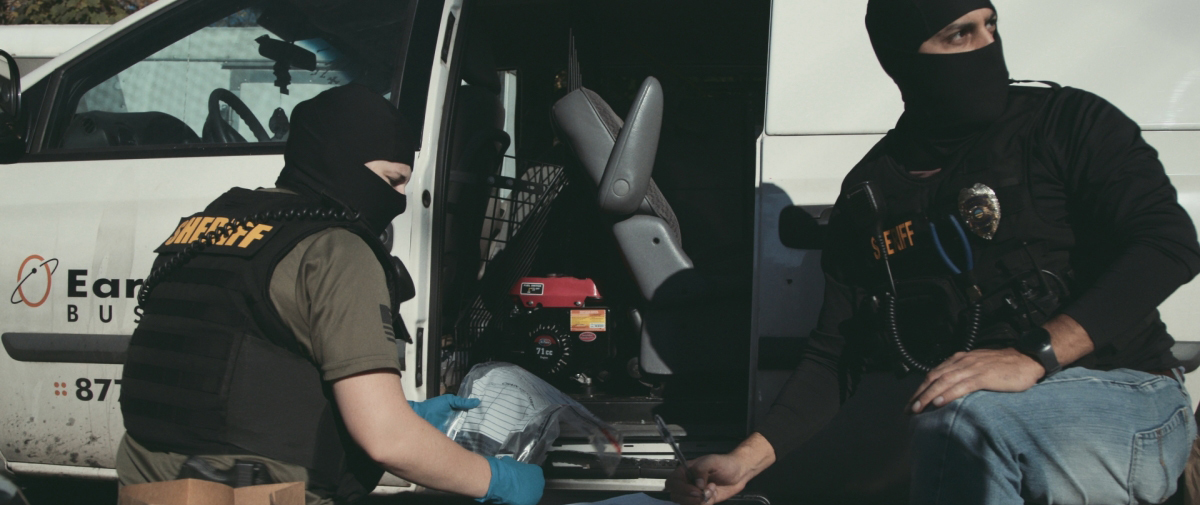
“One of the things in our favor is that Heineman projects are always perspective-based films,” continues Hutchens. “We're always in the perspective of the characters, discovering information as they do. When I'm sitting in a car with a detective listening to the radio as a SWAT team raids a house or marked units are searching for a suspect — we're with that detective in his anticipation of being able to get onto the scene. We're not switching perspective suddenly to the SWAT team, we experience what the detective does and follow his perspective of the events as they unfold.”
“What we didn't want to do was allow the audience to know more than our characters know at any given point,” adds Porwoll. “It's one camera, one character perspective. If the detective is listening to that radio and wondering where the suspect is, so are we. We're only gathering information as they get it, and that approach helps convey that sense of uncertainty and constant wonder.”
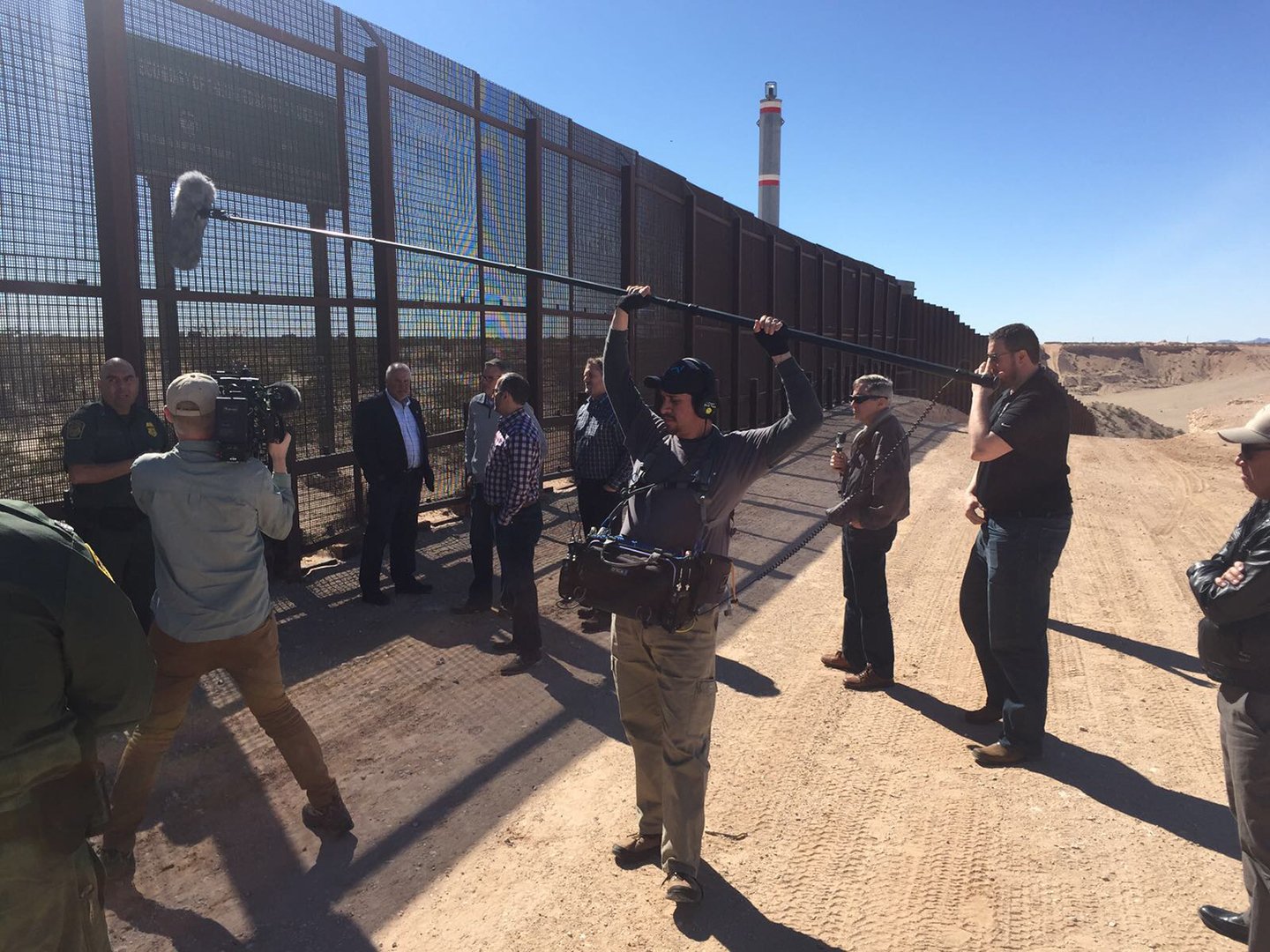
To necessitate quick movements, in addition to foregoing lighting and keeping the package small, Porwoll chose to equip the teams with Think Tank Photo belts — a modular pouch system designed to easily carry lenses and accessories. In addition, they used Wooden Camera's Universal Baseplate system for shoulder-mounted handheld shots with a quick-release for getting smaller.
Staying “small” ended up being a major asset for most of the production, but surprisingly also had a positive effect on shooting with law enforcement. “I think our being small let us see the cops in a different way than they’re used to being portrayed,” offers Hutchens. “Especially right now, there’s a deep skepticism of the media from law enforcement. It took us a while to build the trust with the police officers we were following, but being less of a footprint really helped. There was a moment in the second episode when the two detectives we were following completely forgot we were there and they have an argument in the front seat. It's a very real, truthful moment as they passionately argue the best way to handle a suspect in their case. They just want to solve the case. It was one of my favorite moments that we captured because it is so pure – even the officers told us afterwards that they completely forgot we were even there. The small footprint of the C300 and our two-man team really helped make that possible.”
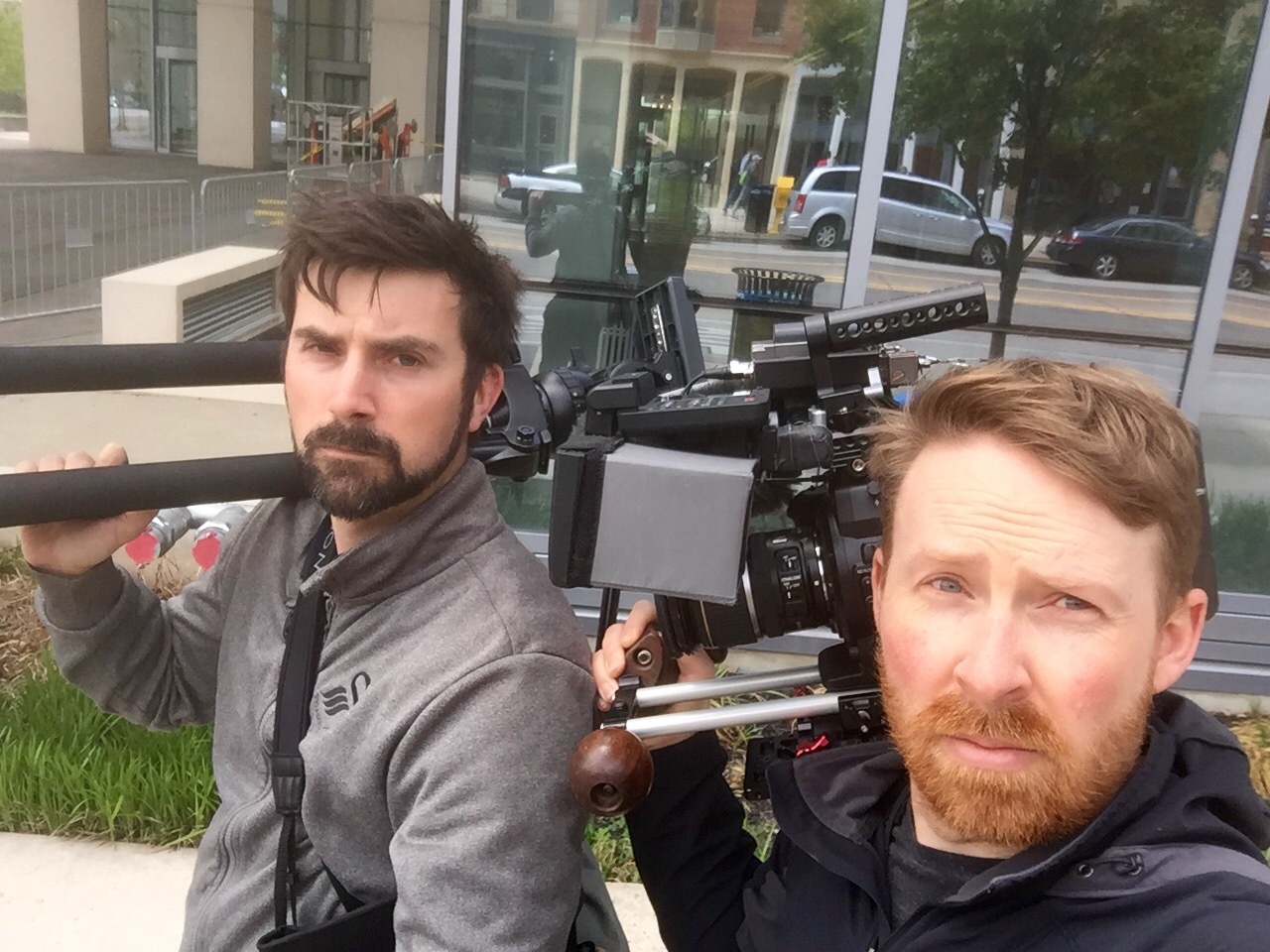
Nestled deep in the wilderness of Guerrero, Mexico, cinematographer Max Preiss and producer Myles Estey were embedded with a Mexican drug cartel — surrounded, daily, by a dichotomy of heavily armed sicarios (hitmen) and campesinos (humble poppy farmers).
For many documentarians, the task of gaining the trust of your subject is a delicate and challenging process. For Preiss and Estey, the challenge was substantially harder. By nature, drug cartel members are suspicious of outsiders and even more so of individuals carrying cameras and documenting their illegal activities. The field team spent months building relationships with the cartel Boss, sicarios and farmers. The two spent time with them day after day, without cameras, just to develop a trust so that one day they could show up with a camera.
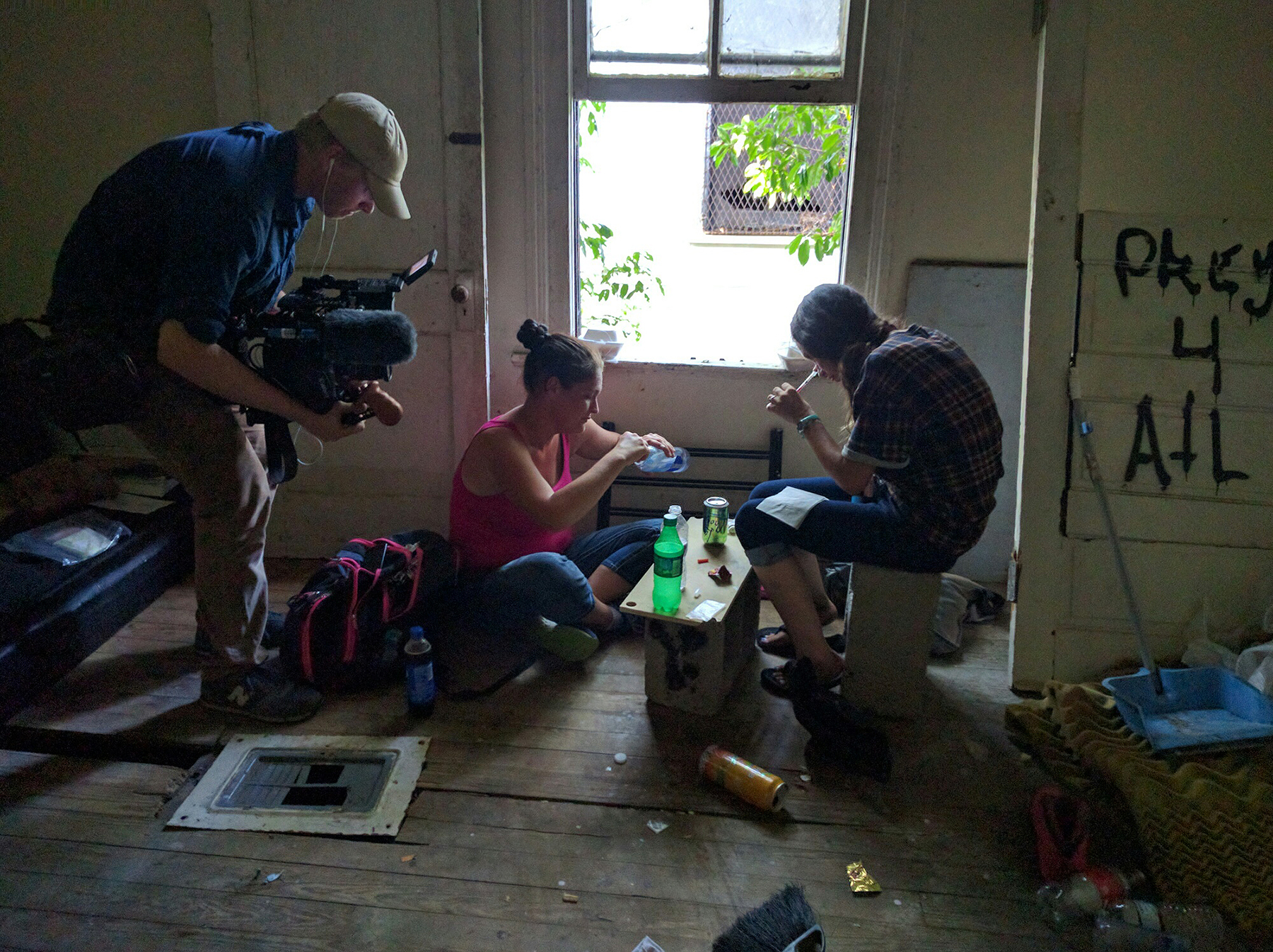
“There was some sensitivity for sure,” Preiss recalls. “At first, there was suspicion that we were drug enforcement officers. Previously, DEA officers had posed as documentary crews [to gather intel on cartel activity], so there was a lot of suspicion around us, but we gained their trust over time. There wasn’t an issue with the campesinos who pick the poppies; they're just farmers. That’s how they see themselves. They don’t feel that they're doing anything wrong. Poppies or corn, it’s all the same to them. The sicarios only consented to be filmed once the Big Boss had signed off, but there were still some who didn't want to be on camera. They kept their faces hidden or we weren’t allowed to shoot them. When we were with the Big Boss, he would tell us who could be filmed and who couldn't. He never wanted to be in a photographed with drugs or money.”
Preiss is a Berlin-based cinematographer who studied at the California Institute of the Arts in Los Angeles. He bounces between narrative films and documentaries. He photographed the German unit of James Cameron's Game Changers documentary and previously worked with Heineman on the doc series City of Ghosts.
“The Trade was an exercise in economy,” attests Preiss. “I love working with the C300. It’s compact and fast with a great image. It’s really made for documentary-style shooting. All of the buttons are in the right places, intuitively, you can reach all the functions on the fly instead of fumbling with an HDSLR where you might lose a shot because you're changing a camera setting.”
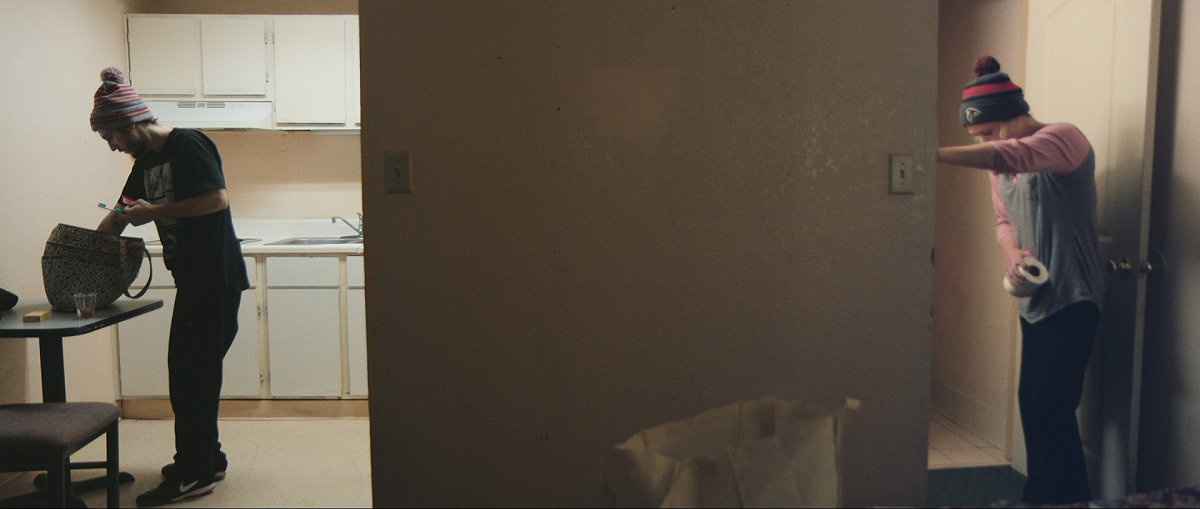
“Matt [Heineman] and I have shot all our films on the C300,” adds cinematographer Porwoll. “It’s a camera that we're incredibly comfortable with. Coming from verite filmmaking, it’s really the best tool for us. I get asked a lot about other cameras that have better technical specs — but from Matt’s and my own perspective, the technical ability of a camera only gets you so far. The tool has to be an extension of your body and work for you. The way the C300 is built and designed, the buttons, menus, everything is accessible. You don't have to think about the gear, but rather you can think about your story and how to react to the moments as they unfold in front of you. We decided early on that this was the camera to use — we’re not using a lot of slow motion; we're not needing 4K or higher deliverables. The small factor of the C300 is perfect for our run-and-gun style of shooting; it just made sense.”
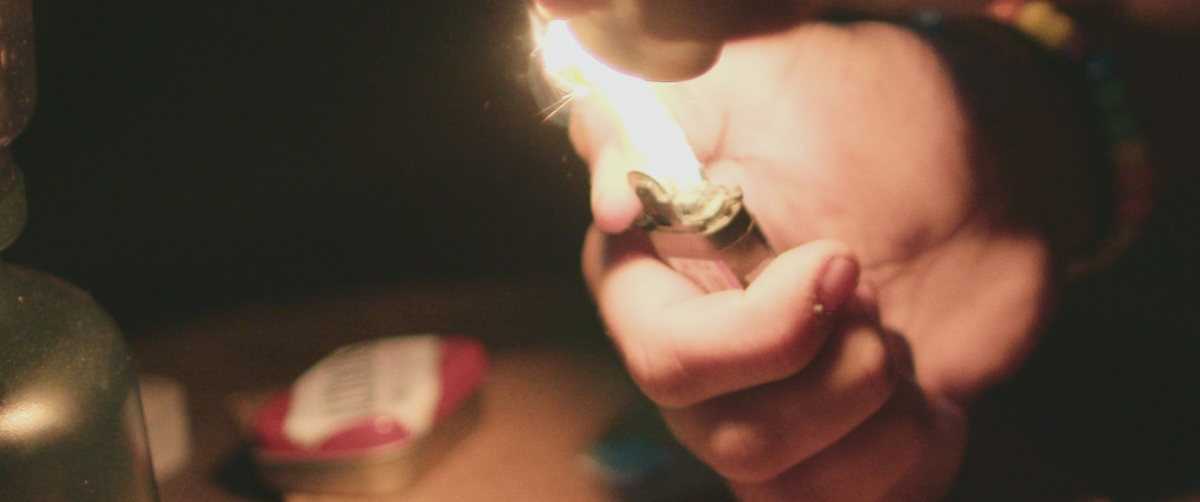
The compact nature of the C300 fit perfectly into the scaled-down production. Preiss notes, “The Game Changers was an exercise in a huge-scale documentary. We had a truck full of lights, a B-cam operator and a gaffer. But in Mexico for The Trade, there were only three of us, one camera and it was all on us to take care of everything. We’d be sleeping in abandoned houses at night, where I would download each day’s footage onto my laptop and charge batteries and get ready for the next day. We did this for about seven months. There was a period where we weren’t able to shower for 10 days or more, shooting out in remote locations where there is no cell coverage and the nearest town or village is miles and miles away down long dirt roads. It's surreal to be out in the middle of nowhere, sitting next to a tree out on a riverbed with a man carrying an assault rifle protecting millions of dollars worth of heroin gum.
“A the same time, after we developed relationships with these people, we bonded pretty well,” Preiss continues. “One afternoon the sicarioschallenged us to a basketball game, so I set up a sunset time-lapse shot in front of the Boss’s house and went off to play ball with them. They took off their guns and we went at it. Alejandro and I won the first game, but made sure to lose the second. Just in case.”
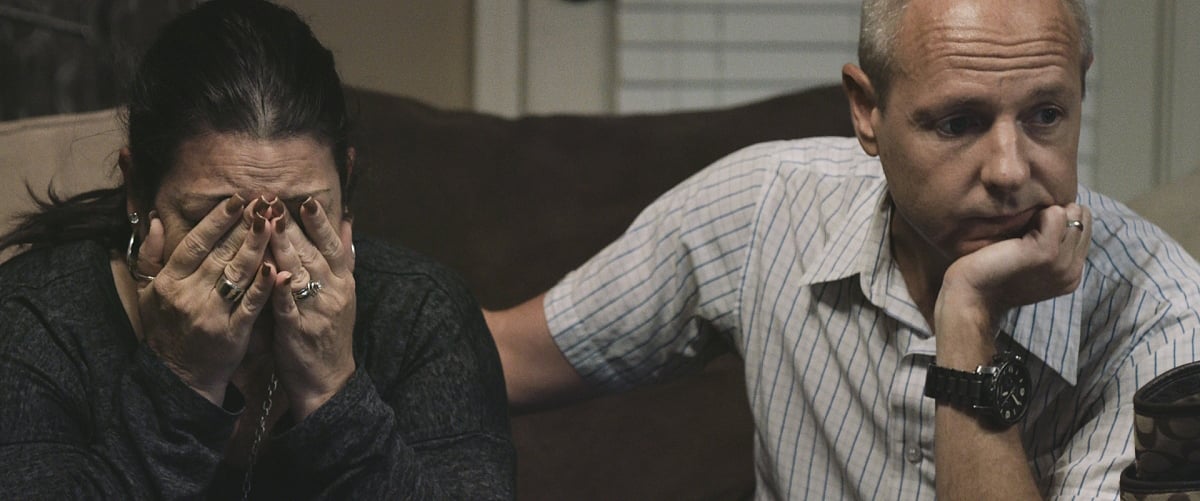
With the production in Mexico stretching past seven months, Preiss had to leave The Trade to go shoot a feature film he was already committed to and cinematographer Ross McDonnell stepped in to replace him. McDonnell is a Dublin-based filmmaker — a director, cinematographer and still photographer. He, too, was part of the Cartel Land production team.
“[Max and Myles] had prepared the ground in Mexico really well,” notes McDonnell. “They had developed these great relationships with the Mexican Federal Police, the cartel, everyone. It made my transition down there pretty seamless. I was also able to see some of the work that had already been done to help continue that style.
“Determining what you shoot, how you cover, how much of an impact you have on the subjects, that's always tricky,” continues McDonnell. “As a cinematographer, you want to capture the essence of the moment and what the scene is all about. It’s a balancing act, and if you get it right, you just move on. When you get it wrong, you end up beating yourself up all day. If you miss that reallykey moment because you were focusing on someone else, it can be hard. You just try to ensure that you’re following the essence of what is happening and anticipate how conversations will flow and notice when the key moments are evolving. You try to read people’s emotions and their dynamics; their body language and anticipate where you need to be. That's all you can do.”
“Each of us had our own perspective on the opioid crisis,” concludes Hutchens. “One of the things that stuck out for me were the moments when the three teams seemed to be working in complete unison, even though we were worlds apart. There was a moment in the law enforcement storyline when we really saw, first hand, the level of influence the cartel in Mexico has directly on the families and addicts — the whole chain coming together in front of our eyes — and it made it feel like we were all capturing something truly universal to this part of the world. When we stopped a couple who were just leaving a crack house and one of our patrol officers is searching their car and we hear the tiny voice of a 5-year-old girl waking up in the back seat asking, ‘What are you looking for?’ — it connects law enforcement with the human side of the crisis. Those moments really brought the whole thing home for me.”
The Trade is now playing on Showtime and Showtime OnDemand.
Technical Specifications
| Aspect Ratio | 2.39:1 |
| Sensor | Digital Capture |
| Cameras | Canon C300 Mark II |
| Lenses | Canon EF lenses |
This article was produced as part of the media partnership between AC and Canon in conjunction with the Sundance Film Festival. You'll find much more here, including a documentary panel discussion featuring cinematographer Max Preiss in which he discusses other aspects of working on The Trade.







